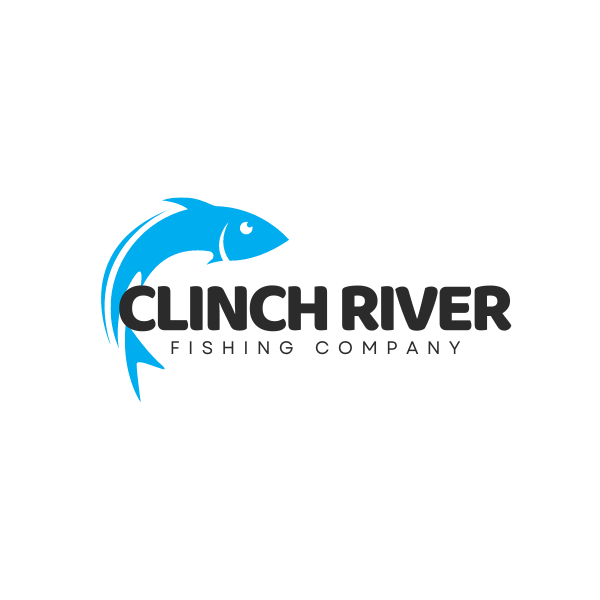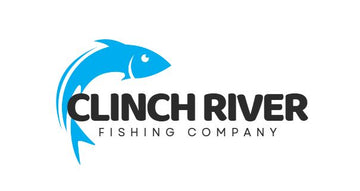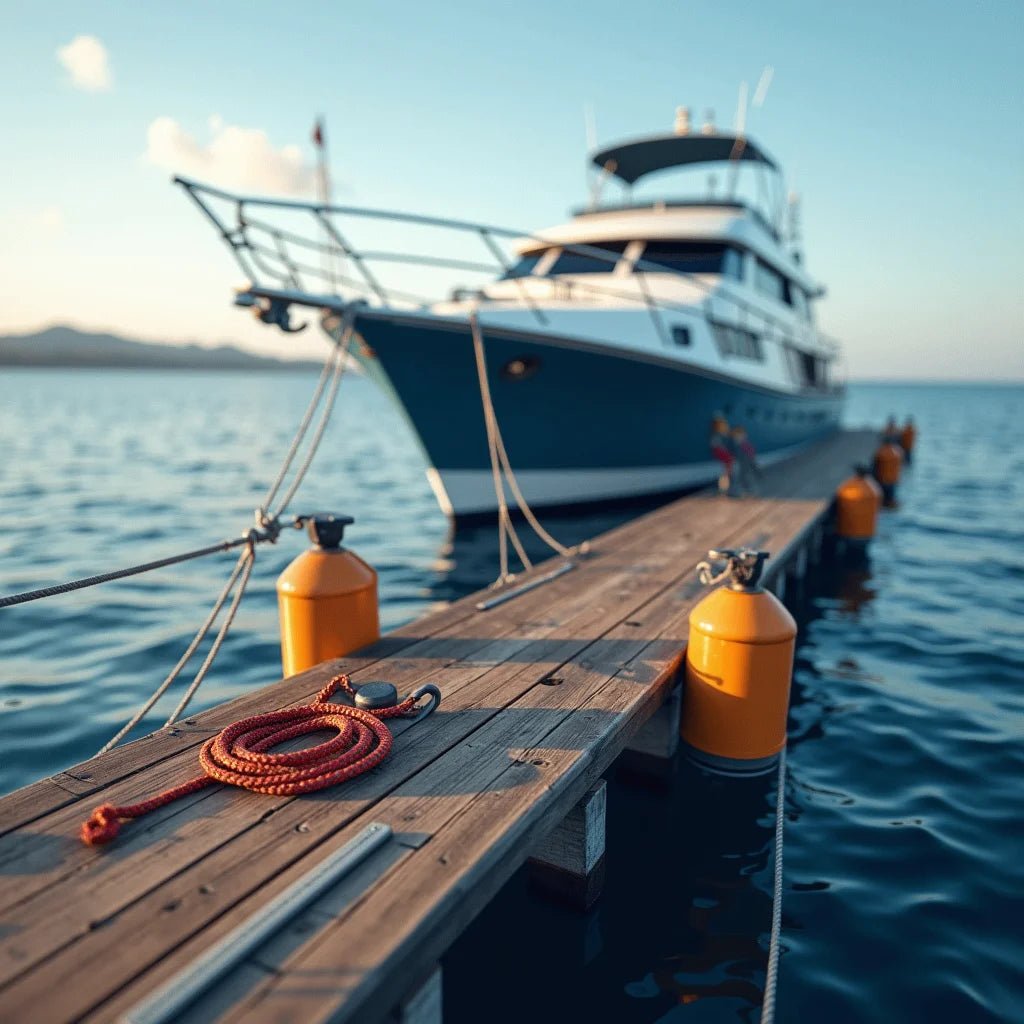Updated on: 2025-10-08
Table of Contents
- Why Dock Lines and Fenders Matter for Safer Docking
- Sizing Dock Lines and Fenders for Different Boats
- Setup and Placement: Dock Ropes and Boat Bumpers
- Product Spotlight: Dock Lines and Fenders Kit Essentials
- Did You Know? Quick Facts About Mooring Lines and Boat Fenders
- Pros & Cons Analysis of Common Materials and Designs
- Care, Storage, and Longevity Tips
- FAQ: Dock Lines and Fenders
Why Dock Lines and Fenders Matter for Safer Docking
Thoughtful choices in dock lines and fenders make docking smoother and kinder on your hull. Within your first few outings, you will see how the right mix of line diameter, length, and fender shape softens contact and helps you hold a steady position. This is especially true when currents shift or a breeze nudges the bow. The main keyword here—dock lines and fenders—covers more than simple “tie-ups.” It includes mooring lines and boat fenders for overnight stays, plus dock ropes and boat bumpers for day trips. Secondary essentials like reliable dock cleats and complementary boat docking accessories add safety and convenience with minimal effort.
Whether you skipper a nimble runabout, a 25-foot weekender, or a family pontoon, a well-matched setup protects gelcoat, reduces stress on cleats, and keeps your crew calm. With a few sizing rules and gentle handling techniques, you can safeguard your boat and enjoy more relaxed days on the water.
Sizing Dock Lines and Fenders for Different Boats
Choosing sizes is simpler than it looks. Line diameter is mainly about boat length and weight, while fender size depends on hull height and docking conditions. A balanced plan uses a mix of bow, stern, and spring lines, along with fenders positioned where the hull meets the dock or pilings.
What size dock lines and fenders do I need for my boat?
As a gentle rule of thumb for nylon dock lines:
- Under 20 feet: 3/8-inch diameter lines are typically sufficient.
- 20 to 30 feet: 7/16 to 1/2-inch provides a comfortable safety margin.
- 30 to 40 feet: 1/2 to 5/8-inch lines for higher loads and chafe resistance.
For length, many skippers find it helpful to carry at least four lines: two for bow and stern, and two spring lines. A practical approach is to carry lines equal to roughly two-thirds of your boat length for bow and stern, and full boat length for spring lines. Adjust for tidal swing, piling spacing, and wind exposure.
For fenders, diameter often scales with boat length. Common guidelines include:
- Up to 20 feet: 4.5 to 5.5-inch fenders.
- 20 to 30 feet: 6.5-inch fenders are a thoughtful baseline.
- 30 to 40 feet: 8.5-inch fenders offer a wider contact area.
When in doubt, a slightly larger fender is a kind choice for your hull, especially in choppy or busy marinas.
The best dock lines and fenders for a 25-foot boat
If you are selecting the best dock lines and fenders for a 25-foot boat, consider 1/2-inch double-braid nylon lines for a comfortable balance of strength and stretch. Double-braid resists chafe and handles nicely in the hand. For fenders, a set of 6.5-inch cylindrical or tear-drop (also called “round end”) fenders offers calm, predictable cushioning. Carry at least three fenders for side-to docking—more if your slip has tall pilings or your hull sits high at the rub rail.
A helpful setup might include two bow/stern lines at 20 to 25 feet each, and two spring lines around your boat length. If you expect frequent wind or tidal slips, upgrading one or two lines to 5/8-inch can add confidence with little downside beyond storage space.
How to size dock lines and fenders for pontoon boats
Pontoon boats have distinct rub rails and broader beam profiles, so fender coverage benefits from both length and shape. Many pontoon owners appreciate 1/2-inch dock lines for everyday use, with 7/16-inch also common for lighter models. For fenders, look for shapes that hang flat against rails or use straps designed for fence-style rails. Diameters of 6.5 inches are often a kind minimum for a mid-size pontoon, though larger spherical bumpers near pilings can be reassuring in crosswinds.
When planning, aim for at least three fenders on the side that meets the dock, spaced so each protects a key contact point along the toon’s length. If you raft up with friends frequently, reserve an extra fender or two for boat-to-boat contact.
Setup and Placement: Dock Ropes and Boat Bumpers
Good placement eases docking and protects your finish. Before you approach the slip, set lines on the cleats you will use first and hang fenders at the expected rub-rail height. Keeping coils neat avoids snags and helps the crew handle lines smoothly.
How many fenders should I use and where should I place them when docking?
A gentle minimum for most boats is three fenders on the docking side: one near the beam (widest point), one forward, and one aft. For longer hulls or taller docks, a fourth fender reduces gaps in coverage. Set height so the center of each fender aligns with the rub rail, then lower an inch or two if the dock sits low. If you expect wakes or wind against the dock, spacing fenders a bit closer provides a softer “cushion wall.” When docking against pilings, consider one larger spherical fender at the piling’s contact point for extra protection.
Using dock cleats with dock lines and fenders
Dock cleats carry the load, so gentle care makes a real difference. Use proper cleat hitches with at least two figure-eight wraps and a final locking turn. Align the load path so lines pull straight without rubbing sharp edges. If your slip has metal or rough surfaces, chafe guards or old hose sleeves around the line can prevent wear. Try to avoid over-tightening. Lines should be firm, but with enough play to absorb small movements and prevent constant rubbing. Thoughtful use of spring lines limits fore-and-aft motion, while bow and stern lines set your lateral position.
Product Spotlight: Dock Lines and Fenders Kit Essentials
While many quality brands exist, a balanced “starter” kit often looks like this:
- Four double-braid nylon dock lines (two at 20–25 feet for bow and stern, two at full boat length as spring lines), sized to your boat length.
- Three to four 6.5-inch cylindrical fenders for mid-size boats, or 4.5–5.5-inch for compact runabouts. For pilings or busy marinas, add one spherical bumper.
- Two fender lines per fender, pre-cut at 4–6 feet, with a soft eye splice for quick height adjustments.
- Simple chafe gear for any area that rubs—a kind step that can double the life of your lines.
- Optional: snap hooks or adjustable fender hangers if you prefer fast, repeatable placement.
This blend keeps your kit light yet versatile, pairing well with standard dock cleats and most boat docking accessories.
Did You Know? Quick Facts About Mooring Lines and Boat Fenders
- Double-braid nylon has a smooth hand, resists kinking, and offers a gentle balance of strength and stretch.
- Three-strand nylon stretches more, which can be kind in surge-prone slips, though it may twist under load.
- Cylindrical fenders are easy to position, while spherical fenders provide extra stand-off near pilings and high docks.
- Fender covers reduce scuffs on gelcoat and can extend fender life by limiting UV exposure.
- Adding one extra spring line is often the simplest way to calm fore-and-aft motion overnight.
Pros & Cons Analysis of Common Materials and Designs
Dock line materials: double-braid vs. three-strand
- Double-braid nylon
- Pros: Comfortable to handle, strong, compact coils, good abrasion resistance.
- Cons: Slightly less stretch than three-strand; a bit higher cost.
- Three-strand nylon
- Pros: Excellent shock absorption, budget-friendly, easy to splice.
- Cons: Can stiffen with age; may twist and kink under varying loads.
Boat fender shapes and fills
- Cylindrical (center-hole or end-loop)
- Pros: Simple to rig, versatile for docks and raft-ups, easy height adjustment.
- Cons: Less stand-off than spherical designs near pilings.
- Spherical (round “ball” style)
- Pros: Large stand-off, great near pilings and high docks, strong point protection.
- Cons: Bulkier to store; not always necessary for calm, low docks.
- Flat/fabric or modular panels
- Pros: Low-profile, kind to gelcoat, easy to stow on smaller boats.
- Cons: Limited stand-off in heavy chop; may require careful placement.
Care, Storage, and Longevity Tips
Gentle care helps dock lines and fenders last longer and look better. Rinse salt and grit after each trip. Allow lines to dry before long storage to prevent mildew. If a line shows hard spots, fraying, or sun damage, consider retiring it to lighter-duty tasks. For fenders, a mild soap and soft brush preserve finish; fender covers or UV protectant can be helpful, applied per the manufacturer’s guidance. Store fenders out of direct sun when not in use and avoid cramped spaces that deform their shape. Coil lines loosely and hang them in a dry, ventilated area. A small investment in chafe guards where lines pass over rough edges often pays back many times over.
FAQ: Dock Lines and Fenders
How many dock lines should I carry for everyday use?
Carrying at least four lines—two for bow and stern, two spring lines—covers most day-to-day docking. If you visit tidal or windy marinas, keeping a spare line or two is a kind precaution. Sizes scale with boat length; many mid-size boats feel well served by 1/2-inch double-braid nylon.
Is it better to choose larger fenders than the minimum?
A slightly larger fender is often gentler on your hull in busy or exposed slips. The trade-off is storage space. If you frequently see wakes, strong currents, or tall docks, stepping up one size can reduce scuffs and noise against the rub rail.
What is the best knot for attaching lines to dock cleats?
A standard cleat hitch—two figure-eight wraps followed by a locking turn—secures most situations. It is easy to tie, releases smoothly, and works well with both double-braid and three-strand nylon. Ensure the line pulls in line with the horn to avoid chafe.
Should I choose floating dock lines?
Traditional nylon lines do not float. Some specialty lines do, which can be kind in marinas with frequent prop wash. If you select floating lines, confirm breaking strength and stretch are suitable for your boat and conditions.
Do I need fender covers?
Fender covers protect both the fender and your gelcoat from grime and abrasion. They are not required, yet many boaters appreciate the cleaner look and reduced scuffing, especially on darker hulls.

Owner and CEO of Clinch River FIshing USA. A marine electroncs, fishing and outdoor store.

